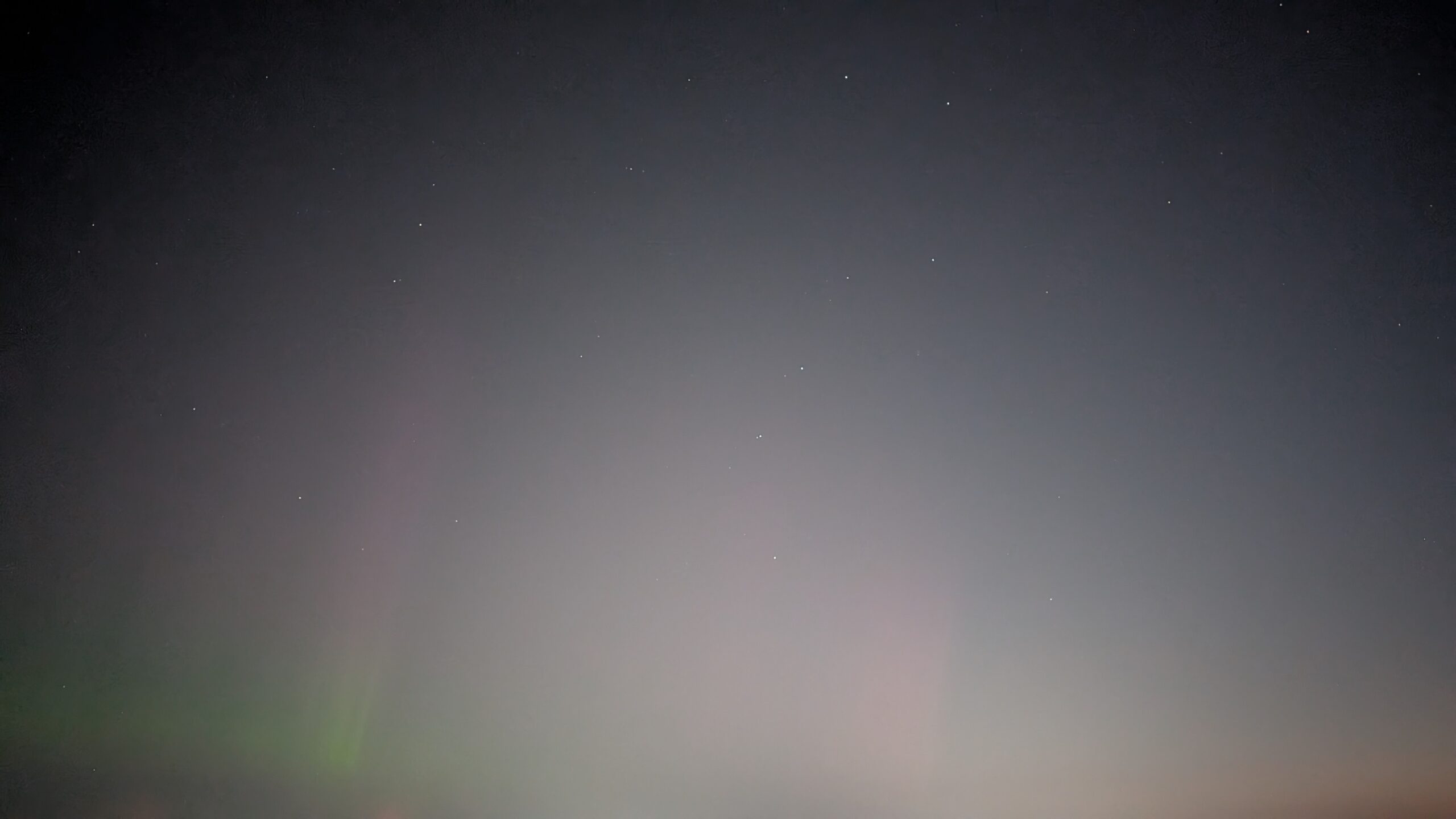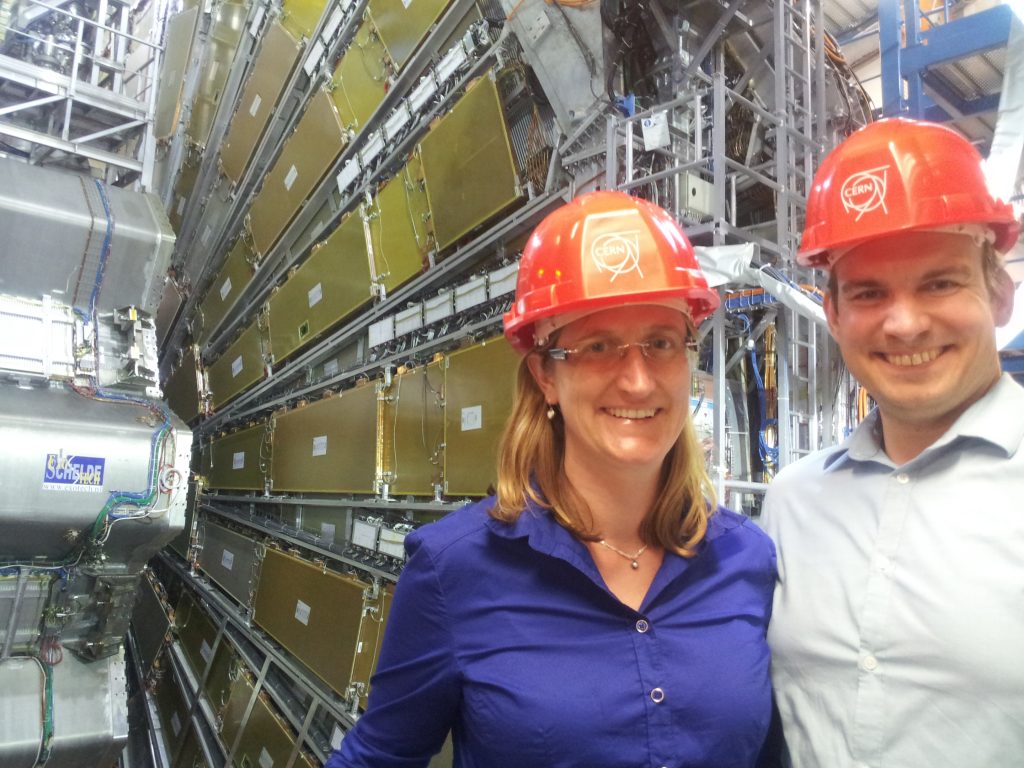a science that deals with matter and energy and their interactions.
Merriam-Webster Dictionary
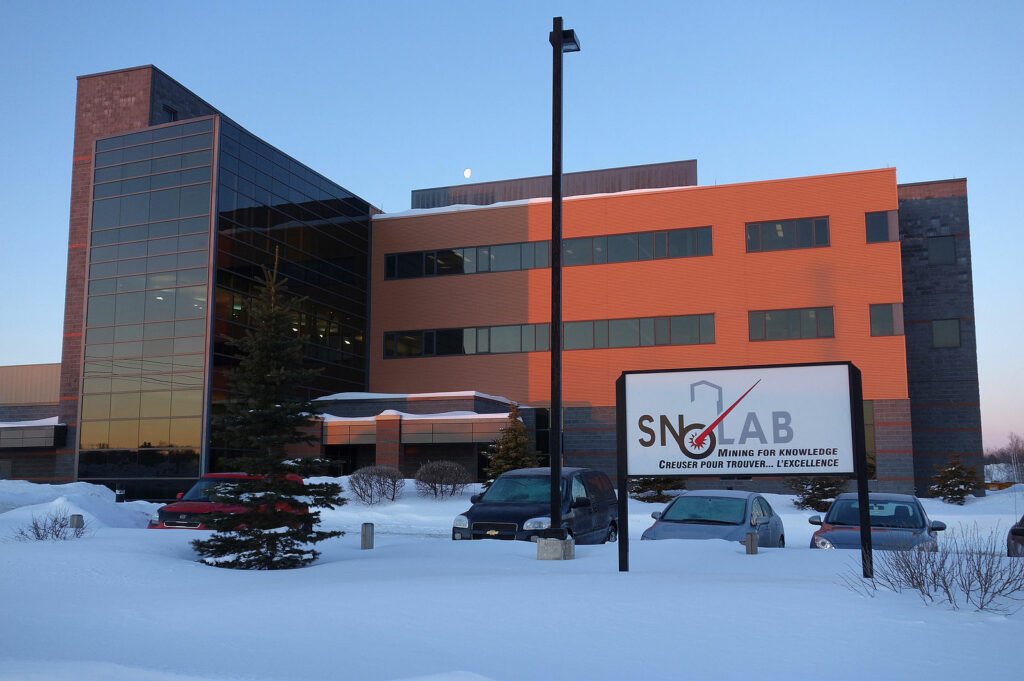
We are both committed to making sure that SNOLAB remains the premiere laboratory in the world for underground science. Located in the Creighton Mine in Greater Sudbury, Ontario, SNOLAB is a Major Research Facility for Canada and the deepest and cleanest lab in the world. Home to a class 2000 cleanroom at a depth of 6800 ft, the facility offers a unique low-background environment ideal for chemistry, biology, and physics experiments that need clean, low-radiation conditions.
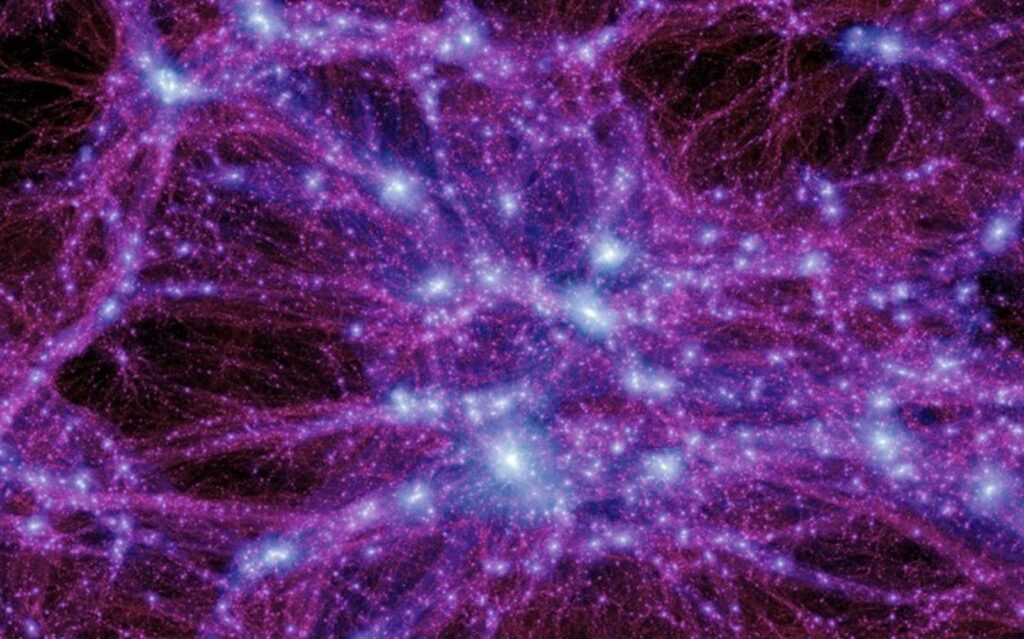
We are both interested in understanding the nature of dark matter. Whatever it is, it is non-luminous (neither emits nor absorbs light), interacts with normal matter through gravity, and has been in the cosmos since almost the beginning of time. But what is it made from? Is it one kind of things or many? These are the kinds of basic facts we would like to uncover. In doing so, we hope to be part of a global effort to understand 85% of the matter in the universe.
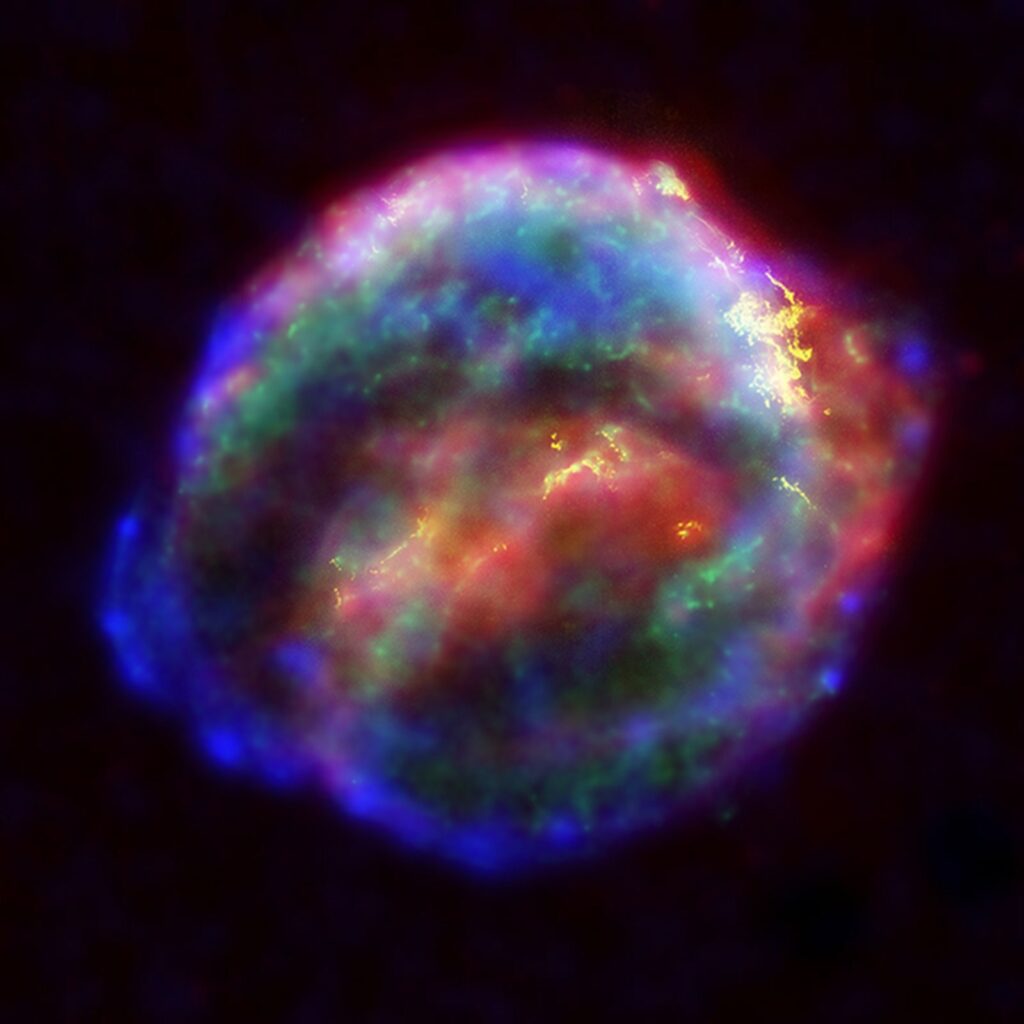
Steve is interested in the early detection of galactic supernova. A typical galaxy is home to one supernova every 100 years. By the time they are visible, valuable information about their birth has been lost. Neutrinos, however, offer an early detection mechanism. Collapsing stellar cores produce huge numbers of these ghostly particles. The blast wave of neutrinos precedes that of light. Seeing a shockwave of neutrinos (meaning a detector observes a handful in a few seconds) is a means to inform global telescopes about the imminent appearance of supernova light in the sky.
Past Recent Contributions
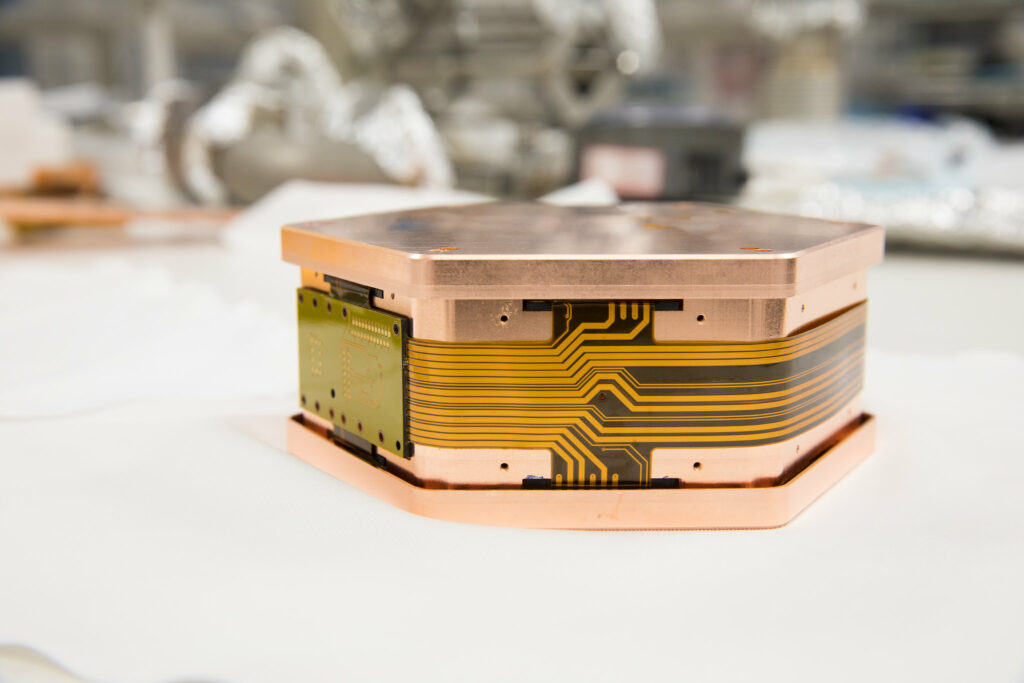
Jodi was previously active in the leadership of the SuperCDMS collaboration, the successor to the CDMS-II collaboration where she first became involved in dark matter research (in 2004). She served as analysis coordinator for CDMS-II and in various other leadership positions into 2022. Her primary interests were in low-background techniques, especially on characterization of materials and reduction of backgrounds on the materials, as well as data analysis and simulation efforts.
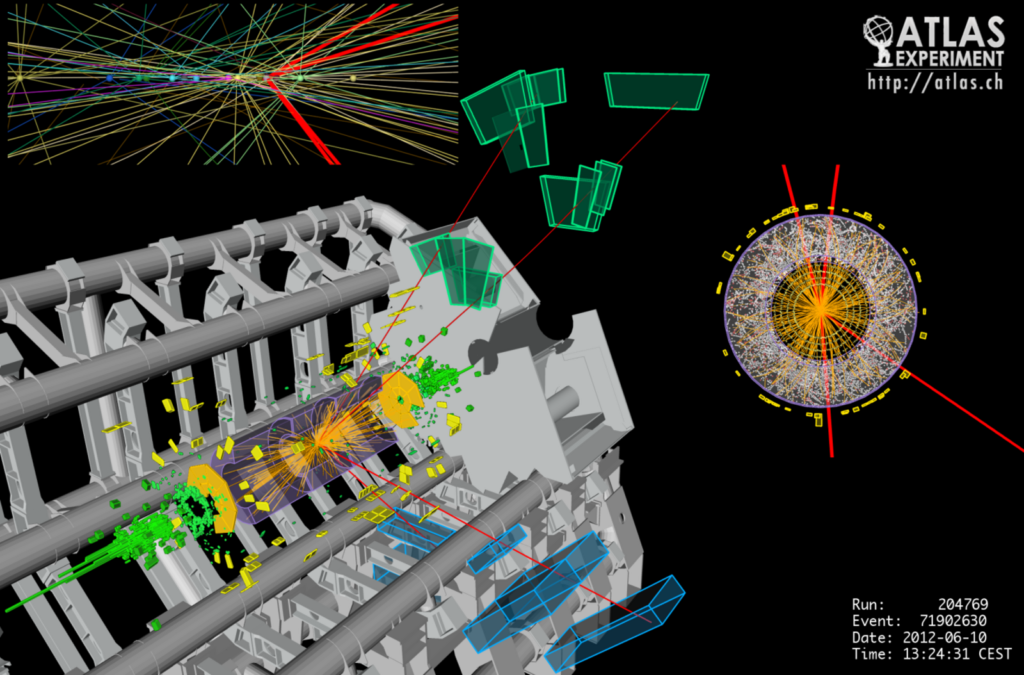
Steve was previously a member of the ATLAS Collaboration. From 2010 – 2022, he contributed to the study of the properties of the newly discovered Higgs boson including its quantum spin, charge-parity quantum numbers, and interactions with bottom quarks. A key emphasis during this period was on trigger algorithms for selection bottom quark-initiated particle jets, especially in situ measurements of the efficiency of algorithms and efforts to improve the performance of these algorithms.
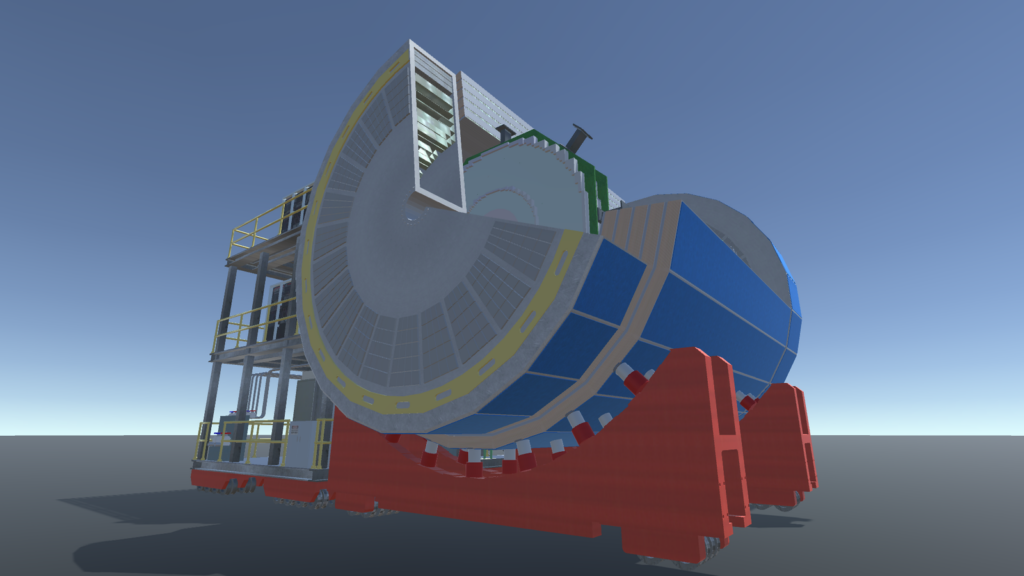
Steve contributed to studies for the design of a collider-detector experiment for the Electron-Ion Collider. He conducted this work from 2020-2022. His efforts were focused on helping to develop a program of jets studies for the future EIC, which is expected to come online in the early 2030s. In addition, he contributed to studies on the performance of a detector proposal called “ATHENA”.
